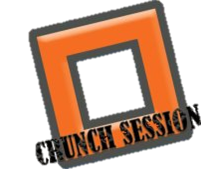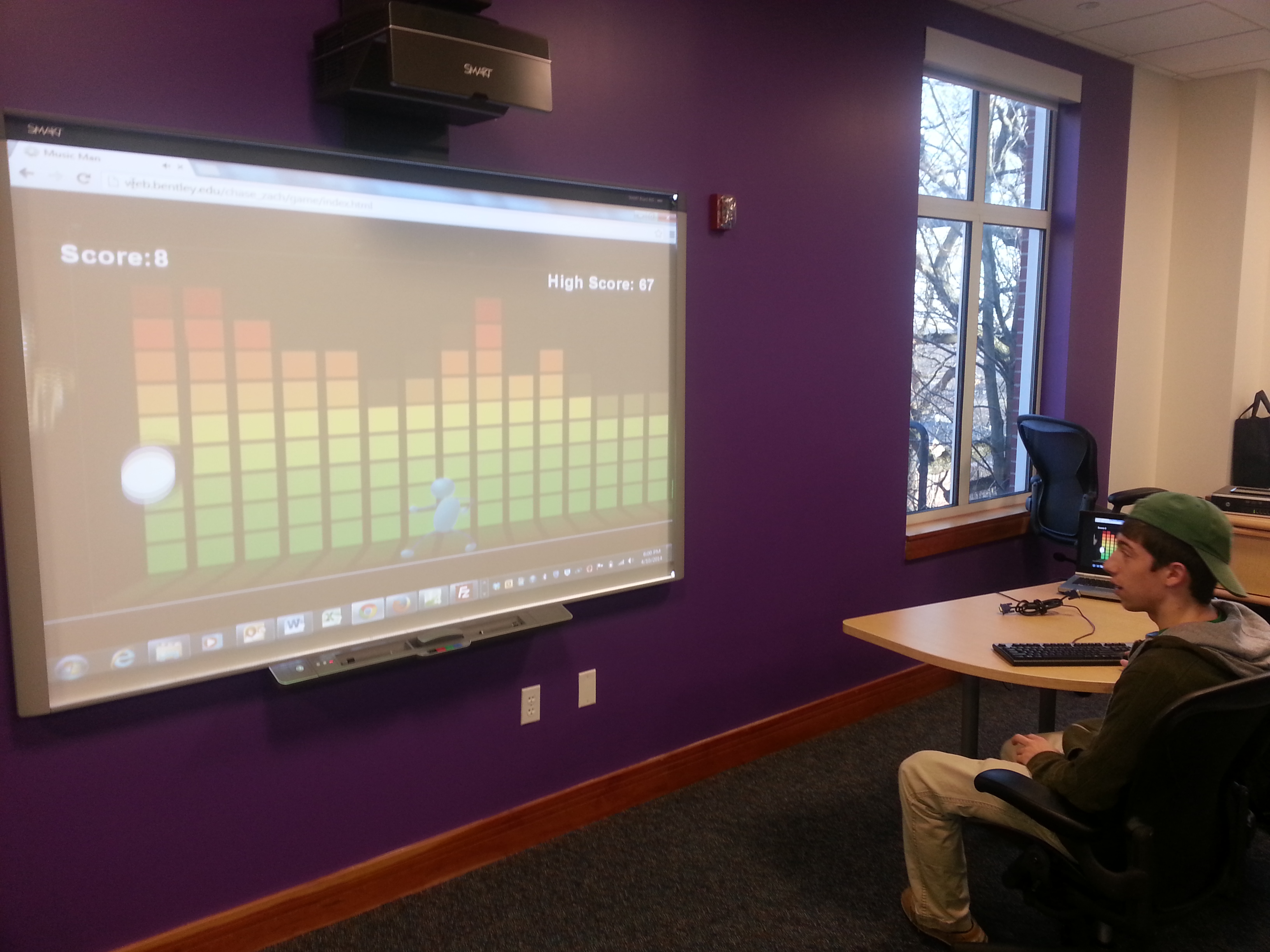Fidelity Center for Applied Technology Tour
Join with students from schools in the Boston area and learn about internships at Fidelity, then see a tour of the Fidelity Center for Applied Technology. Download the flyer: FCAT…
IT 101 Final Exam and Crunch Sessions Information
CIS Sandbox Crunch Sessions The CIS Sandbox staff will be hosting three review sessions open to ALL SECTIONS of IT 101 to help answer any questions you might have before…
Obsolete Technologies
Usually the CIS Sandbox shares the latest in technologies, but here is an article making its way around the web and facebook about technologies that are obsolete. How many do…
CIS Sandbox Meets the OASIS
 I recently returned home from the Ed Media conference at University of Tampere in Finland. My presentation was part of a symposium on Interactive and Engaging Social Learning Spaces for Collaboration.
I recently returned home from the Ed Media conference at University of Tampere in Finland. My presentation was part of a symposium on Interactive and Engaging Social Learning Spaces for Collaboration.
Social Learning Space (SLS) is a strategy to improve student and staff commitment by means of supporting active learning, social interaction and sense of belonging. When established within University campuses SLS extends informal learning forms in higher education. This paper discusses the general features and design goals of SLS, social ergonomics, strategies to support engagement, the interactive technology considerations (infrastructure and BYOD requirements) and evaluation methods. The paper draws conclusions from 5 SLS case studies with diverse design strategies and uses.
Bentley’s CIS Sandbox and CIS Studio were selected to represent the United States; Other spaces redesigned included the Loughborough Library, UK (Graham Walton) and open spaces at theTechnical University of Tampere (Jenni Poutanen).
the OASIS (Open Area for the School of Information Systems) at University of Tampere hosted the event.
The presenters were:
Antti Syvänen, University of Tampere, Finland
Mark Frydenberg, Bentley University, United States
Jenni Poutanen, Technical University of Tampere, Finland
Markku Turunen, University of Tampere, Finland
Graham Walton, Loughborough University, United Kingdom
The OASIS resembled a Finnish sauna, with the steps at the center raising to different level platforms. At each level are comfortable bean bag chairs, access to large screen TVs, video games, and library resources. At the base are movable furniture, a Microsoft Surface table, and dual projectors for giving presentations. All the multimedia is controlled by an app running on an iPad mounted to the wall.
It was interesting to me that despite the difference in purpose for the social learning spaces that each of us redesigned (classrooms, labs, libraries, lounges), each of us considered several of the same issues: BYOD (Bring your own device), layout, bright colors, space for group work. As the BYOD (bring your own device) culture and an expectation for fast wireless Internet connectivity quickly become the norm on university campuses around the world, the design of 21st century learning spaces is undergoing a paradigm shift. Emphasis is no longer on connecting users with the Internet, but rather, on connecting users with each other. Through classrooms and labs that support open, social, active, and collaborative learning, universities are responding with new environments to meet the needs of today’s digital students.
My presentation, after the jump.
Games
Shift (Wyatt G.) Wreckless Racer (Ethan R.) Lucky Bunny (Liam B.) Asteroid (Mike P.) Floppy Plane (Nadif) Capture the Star (Nippun) Music Man (Zach) These students successfully published their games to the Microsoft Windows Store!…
Construct 2 Workshops
Microsoft's Michael Cummings is back with three opportunities for you to learn to make games with Construct 2. Sign up for a two-part workshop, on Wednesday March 19 and March 26…
Sapient Coding Contest
Attention Sophomores, Juniors & Graduate Computer Information Students! Showcase your coding skills by participating in the Sapient Coding contest to seek future Technologists and Developers! Each entry will be…




